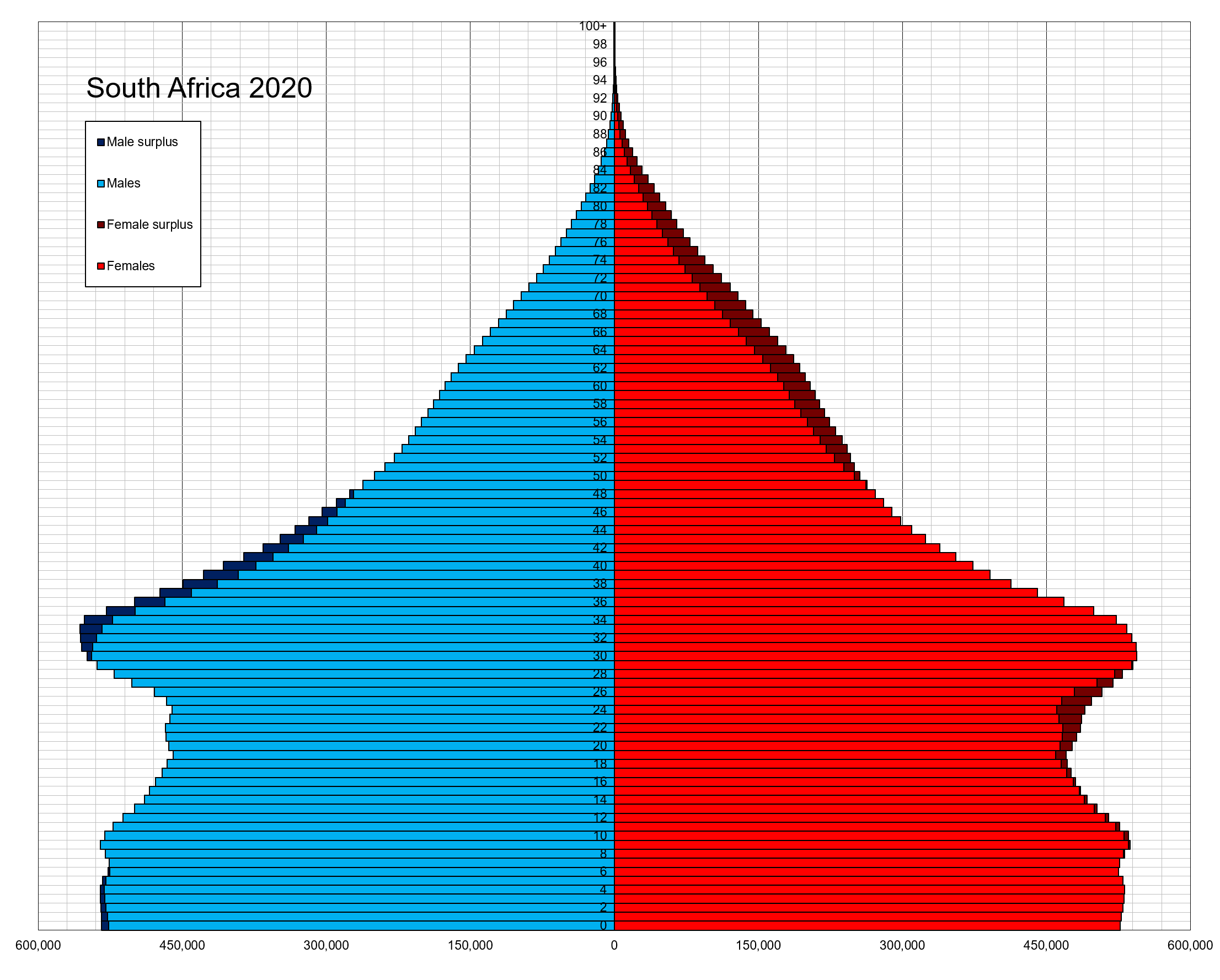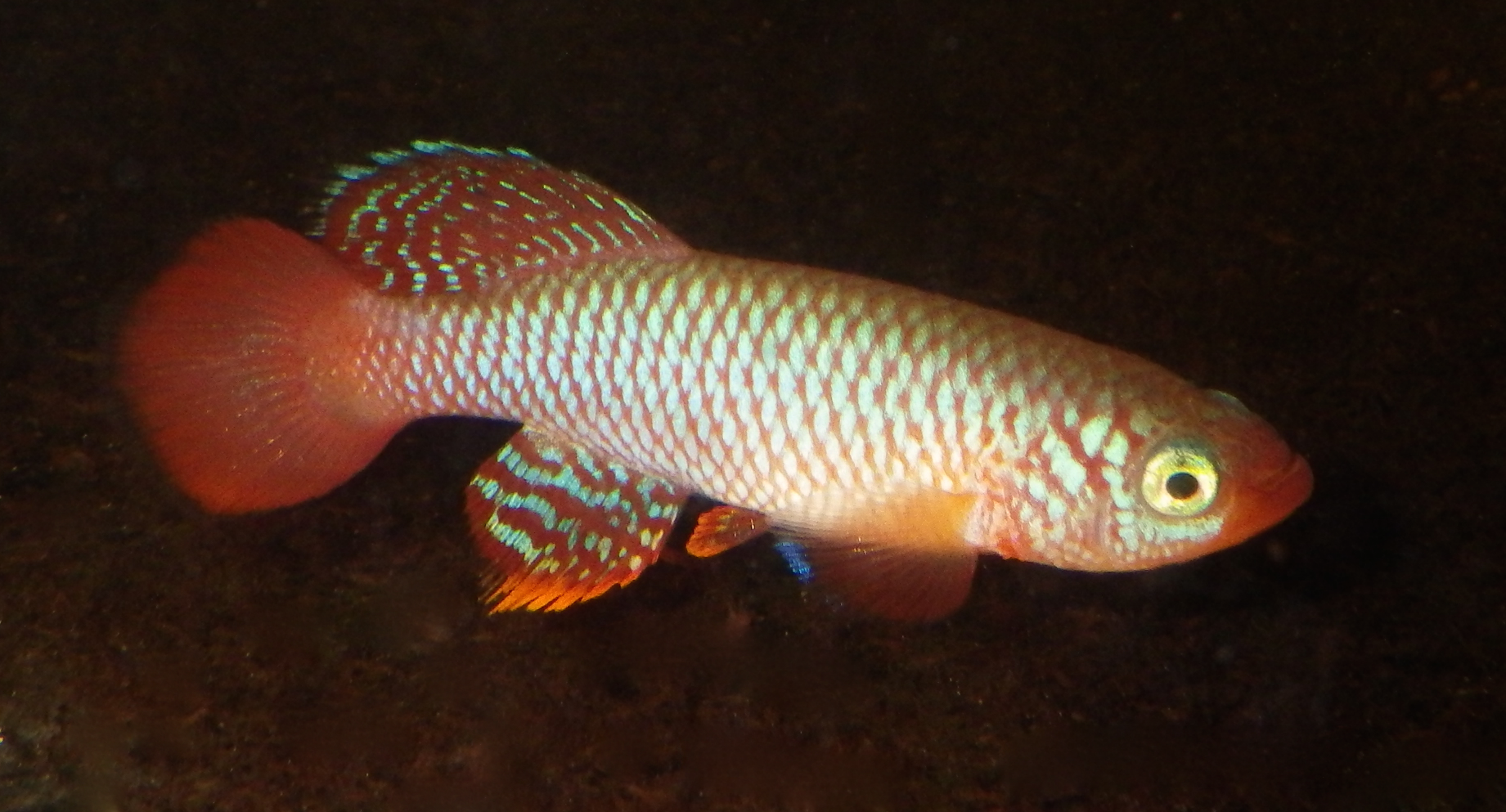|
Nothobranchius Jubbi
''Nothobranchius jubbi'' is a species of killifish in the family Nothobranchiidae. It occurs in north eastern Africa in Kenya, Somalia and Ethiopia in temporary pools, ditches, marshes and rain pans, normally ones without any connections to rivers. This species was described in 1979 by Rudolf Hans Wildekamp and Heinz Otto Berkenkamp with the type locality given as a pool on the road to Garsen, 17 miles north of Malindi. The specific name honours the South African meteorologist and ichthyologist Reginald A. “Rex” Jubb (1905-1987) of the Freshwater Fish Section at the Albany Museum in Grahamstown, South Africa, in recognition of his taxonomic work on the genus ''Nothobranchius ''Nothobranchius'' is a genus of small, freshwater killifish, classified in either the family Nothobranchiidaevan der Laan, R., Eschmeyer, W.N. & Fricke, R. (2014)Family-group names of Recent fishes.''Zootaxa, 3882 (2): 1–230.'' or a more inc ...''. References Links jubbi''on WildNotho ... [...More Info...] [...Related Items...] OR: [Wikipedia] [Google] [Baidu] |
Béla Nagy (ichthyologist)
Béla Nagy, a Hungarian independent researcher, specialized in the seasonal killifish genus ''Nothobranchius'', as well as members of the family Procatopodidae within the order Cyprinodontiformes Cyprinodontiformes is an order of ray-finned fish, comprising mostly small, freshwater fish. Many popular aquarium fish, such as killifish and live-bearers, are included. They are closely related to the Atheriniformes and are occasionally inc .... Taxon names authored * '' Lacustricola margaritatus'' , 2022 Nagy, B. & Watters, B.R. (2022) ''Lacustricola margaritatus'', a new species of lampeye from the Lake Victoria and Lake Kyoga basins in eastern Africa (Cyprinodontiformes: Procatopodidae). ''Zootaxa'', 5128 (1): 44–60. * '' Lacustricola nitidus'' , 2020 Nagy, B. & Chocha Manda, A. (2020) ''Lacustricola nitida'', a new species of lampeye from the upper Lualaba drainage, Democratic Republic of Congo (Teleostei: Cyprinodontiformes: Procatopodidae). '' Ichthyological Exploration ... [...More Info...] [...Related Items...] OR: [Wikipedia] [Google] [Baidu] |
South African People
The population of South Africa is about 58.8 million people of diverse origins, cultures, Languages of South Africa, languages, and Religion in South Africa, religions. The South African National Census of 2022 was the most recent census held; the next will be in 2032. In 2011, Statistics South Africa counted 2.1 million foreigners in total. Reports suggest that is an underestimation. The real figure may be as high as five million, including some three million Demographics of Zimbabwe, Zimbabweans. History Population Earlier Censuses, 1904 to 2011 1904 Census South African population figures for the 1904 Census.Smuts I: The Sanguine Years 1870–1919, W.K. Hancock, Cambridge University Press, 1962, pg 219 1960 Census Sources: ''Statesman's Yearbook, Statesman's Year-Book'' 1967–1968; ''Europa World Year Book, Europa Year Book'' 1969 1904-85 national census numbers Bantustan demographics were removed from South African census data during Apartheid and for this reas ... [...More Info...] [...Related Items...] OR: [Wikipedia] [Google] [Baidu] |
Taxa Named By Heinz Otto Berkenkamp
In biology, a taxon ( back-formation from '' taxonomy''; plural taxa) is a group of one or more populations of an organism or organisms seen by taxonomists to form a unit. Although neither is required, a taxon is usually known by a particular name and given a particular ranking, especially if and when it is accepted or becomes established. It is very common, however, for taxonomists to remain at odds over what belongs to a taxon and the criteria used for inclusion. If a taxon is given a formal scientific name, its use is then governed by one of the nomenclature codes specifying which scientific name is correct for a particular grouping. Initial attempts at classifying and ordering organisms (plants and animals) were set forth in Carl Linnaeus's system in ''Systema Naturae'', 10th edition (1758), as well as an unpublished work by Bernard and Antoine Laurent de Jussieu. The idea of a unit-based system of biological classification was first made widely available in 1805 in th ... [...More Info...] [...Related Items...] OR: [Wikipedia] [Google] [Baidu] |
Taxa Named By Rudolf Hans Wildekamp
In biology, a taxon ( back-formation from '' taxonomy''; plural taxa) is a group of one or more populations of an organism or organisms seen by taxonomists to form a unit. Although neither is required, a taxon is usually known by a particular name and given a particular ranking, especially if and when it is accepted or becomes established. It is very common, however, for taxonomists to remain at odds over what belongs to a taxon and the criteria used for inclusion. If a taxon is given a formal scientific name, its use is then governed by one of the nomenclature codes specifying which scientific name is correct for a particular grouping. Initial attempts at classifying and ordering organisms (plants and animals) were set forth in Carl Linnaeus's system in ''Systema Naturae'', 10th edition (1758), as well as an unpublished work by Bernard and Antoine Laurent de Jussieu. The idea of a unit-based system of biological classification was first made widely available in 1805 in th ... [...More Info...] [...Related Items...] OR: [Wikipedia] [Google] [Baidu] |
Nothobranchius
''Nothobranchius'' is a genus of small, freshwater killifish, classified in either the family Nothobranchiidaevan der Laan, R., Eschmeyer, W.N. & Fricke, R. (2014)Family-group names of Recent fishes.''Zootaxa, 3882 (2): 1–230.'' or a more inclusive AplocheilidaeCosta, W.J.E.M. (2016)Comparative morphology and classification of South American cynopoeciline killifishes (Cyprinodontiformes: Aplocheilidae), with notes on family-group names used for aplocheiloids.''Vertebrate Zoology, 66 (2): 125-140.'' in the order Cyprinodontiformes. There are many species: as of 2018 there are more than 70 species, many with very small distributions. They are primarily native to East Africa from Sudan to northern South Africa, but half a dozen species are found in the upper Congo River Basin and two species ('' N. rubroreticulatus'' and '' N. thierryi'') are from west-central Africa; the greatest species richness is in Tanzania. ''Nothobranchius'' typically inhabit ephemeral pools that are fil ... [...More Info...] [...Related Items...] OR: [Wikipedia] [Google] [Baidu] |
Grahamstown
Makhanda, also known as Grahamstown, is a town of about 140,000 people in the Eastern Cape province of South Africa. It is situated about northeast of Port Elizabeth and southwest of East London, Eastern Cape, East London. Makhanda is the largest town in the Makana Local Municipality, and the seat of the municipal council. It also hosts Rhodes University, the Eastern Cape Division of the High Court of South Africa, High Court, the South African Library for the Blind (SALB), Diocese of Grahamstown, a diocese of the Anglican Church of Southern Africa, and 6 South African Infantry Battalion. Furthermore, located approximately 3 km south-east of the town lies the world renowned Waterloo Farm lagerstätte, Waterloo Farm, the only estuarine fossil site in the world from 360 million years ago with exceptional soft-tissue preservation. The town's name-change from Grahamstown to Makhanda was officially gazetted on 29 June 2018. The town was officially renamed to Makhanda in memory ... [...More Info...] [...Related Items...] OR: [Wikipedia] [Google] [Baidu] |
Albany Museum, South Africa
The Albany Museum, South Africa is situated in Grahamstown in South Africa, is affiliated to Rhodes University and dates back to 1855,Chinsamy, Anusuya. (1997). "Albany Museum, Grahamstown, South Africa." ''Encyclopedia of Dinosaurs''. Edited by Phillip J. Currie and Kevin Padian. Academic Press. p. 6. making it the second oldest museum in South Africa. The natural history and geology collections of the '' Eastern Province Literary, Scientific and Medical Society'' were used as its nucleus. The herbarium is staffed by the South African National Biodiversity Institute and has material dating back to 1812, collected by William John Burchell, and a collection of 240 specimens donated by Constance Georgina Adams in 1919, as well as geological material gathered by Andrew Geddes Bain and W. G. Atherstone. It also houses a large collection of invertebrate, vertebrate and tetrapod fossils (some of which are from the world renowned Waterloo Farm lagerstätte), and palaeolithic stone tool ... [...More Info...] [...Related Items...] OR: [Wikipedia] [Google] [Baidu] |
Reginald A
Reginald is a masculine given name in the English language. Etymology and history The meaning of Reginald is “King". The name is derived from the Latin ''Reginaldus'', which has been influenced by the Latin word ''regina'', meaning " queen". This Latin name is a Latinisation of a Germanic language name. This Germanic name is composed of two elements: the first ''ragin'', meaning "advice", "counsel", "decision"; the second element is ''wald'', meaning "rule", "ruler". The Old German form of the name is ''Raginald''; Old French forms are ''Reinald'' and ''Reynaud''. Forms of this Germanic name were first brought to the British Isles by Scandinavians, in the form of the Old Norse ''Rögnvaldr''. This name was later reinforced by the arrival of the Normans in the 11th century, in the Norman forms ''Reinald'' and ''Reynaud''. which cited: for the surname "Reynold". The Latin ''Reginaldus'' was used as a Latin form of cognate names, such as the Old Norse ''Rögnvaldr'', and ... [...More Info...] [...Related Items...] OR: [Wikipedia] [Google] [Baidu] |
Ichthyologist
Ichthyology is the branch of zoology devoted to the study of fish, including bony fish ( Osteichthyes), cartilaginous fish (Chondrichthyes), and jawless fish (Agnatha). According to FishBase, 33,400 species of fish had been described as of October 2016, with approximately 250 new species described each year. Etymology The word is derived from the Greek words ἰχθύς, ''ikhthus'', meaning "fish"; and λογία, ''logia'', meaning "to study". History The study of fish dates from the Upper Paleolithic Revolution (with the advent of "high culture"). The science of ichthyology was developed in several interconnecting epochs, each with various significant advancements. The study of fish receives its origins from humans' desire to feed, clothe, and equip themselves with useful implements. According to Michael Barton, a prominent ichthyologist and professor at Centre College, "the earliest ichthyologists were ''hunters and gatherers'' who had learned how to obtain the most usef ... [...More Info...] [...Related Items...] OR: [Wikipedia] [Google] [Baidu] |
Meteorologist
A meteorologist is a scientist who studies and works in the field of meteorology aiming to understand or predict Earth's atmospheric phenomena including the weather. Those who study meteorological phenomena are meteorologists in research, while those using mathematical models and knowledge to prepare daily weather forecasts are called ''weather forecasters'' or ''operational meteorologists''. Meteorologists work in government agencies, private consulting and research services, industrial enterprises, utilities, radio and television stations, and in education. They are not to be confused with weather presenters, who present the weather forecast in the media and range in training from journalists having just minimal training in meteorology to full fledged meteorologists. Description Meteorologists study the Earth's atmosphere and its interactions with the Earth's surface, the oceans and the biosphere. Their knowledge of applied mathematics and physics allows them to understand the ... [...More Info...] [...Related Items...] OR: [Wikipedia] [Google] [Baidu] |
Specific Name (zoology)
In zoological nomenclature, the specific name (also specific epithet or species epithet) is the second part (the second name) within the scientific name of a species (a binomen). The first part of the name of a species is the name of the genus or the generic name. The rules and regulations governing the giving of a new species name are explained in the article species description. For example, the scientific name for humans is ''Homo sapiens'', which is the species name, consisting of two names: ''Homo'' is the " generic name" (the name of the genus) and ''sapiens'' is the "specific name". Historically, ''specific name'' referred to the combination of what are now called the generic and specific names. Carl Linnaeus, who formalized binomial nomenclature, made explicit distinctions between specific, generic, and trivial names. The generic name was that of the genus, the first in the binomial, the trivial name was the second name in the binomial, and the specific the proper term for ... [...More Info...] [...Related Items...] OR: [Wikipedia] [Google] [Baidu] |



_-_Copy.jpg)

